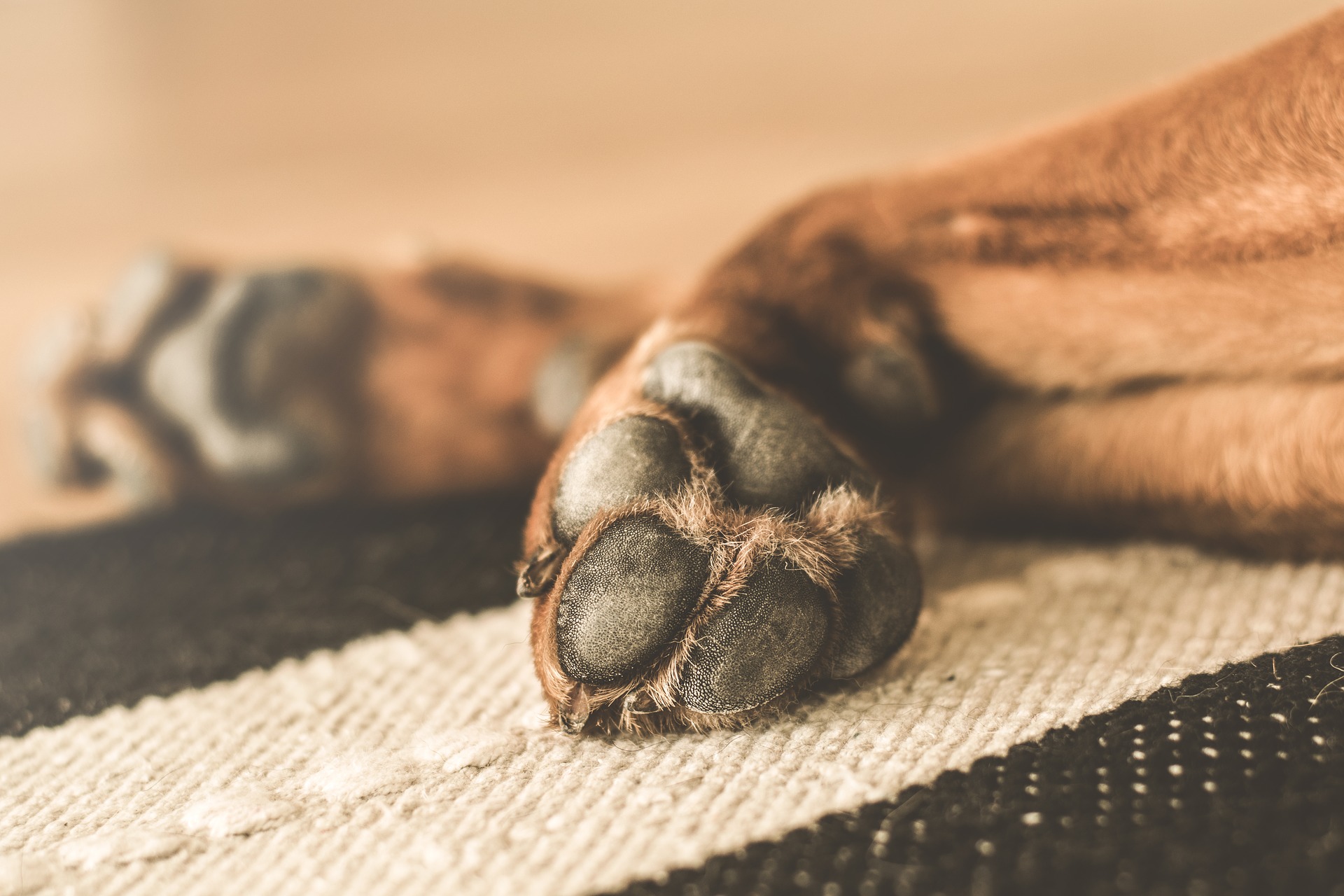
 Menu
Menu
Tarsus/Hock Luxation

Tarsus/Hock Luxation
The tarsus is similar to the human ankle. It is a complex structure consisting of four main joints and made up of a number of small bones. Luxation is the medical term for dislocation. Although any of the joints of the tarsus have potential to dislocate, dislocation of the tarsocrural joint is most common. This is the uppermost (proximal) joint of the hock where the long bones of the lower leg (tibia and fibula) meet the tarsal bones and the major site of joint movement. This joint is supported by medial and lateral collateral ligaments located on either side of the joint. Luxation generally results from injury of both the medial and the lateral collateral ligament complexes. Part of the bottom of the tibia (shin bone) known as the medial malleolus may also be fractured.
Causes
Often these injuries of the tarsus result from severe trauma, such as car accidents. They typically occur when the limb is caught beneath a tyre and can be associated with severe abrasion of the soft tissue.
Signs
Any age or breed and either gender of dog or cat may be affected. Most animals show non-weight-bearing lameness on the affected limb. Some animals have an associated open wound over the tarsus. In complete luxation, the paw may deviate at an unnatural angle. Pain, swelling, and crepitus (crackling) of the joint are present. Subluxations (partial dislocation of the joint) may be less obvious.
Diagnosis
After carrying out a detailed orthopaedic examination on your pet, an experienced orthopaedic surgeon may be able to identify instability of the joint and possibly identify what soft tissue structures have been damaged. Standard radiographs are then often sufficient for complete evaluation of the limb.
Treatment
The objectives of treatment are to re-establish joint stability to achieve pain-free weight bearing. Reconstruction of all components of the collateral ligaments is recommended for optimum results.
Primary surgical repair
This procedure aims to repair and reattach damaged ligaments. A variety of methods may be used to achieve repair such as suturing of torn tissues, reattachment of ligaments using bone tunnels to anchor the suture, imbrication or overlap of soft tissues to reduce laxity and confer strength to the joint. Any fractures are repaired at the same time using screw or wire fixation.
Synthetic Prosthesis
If good repair or reattachment of the ligament is not possible, the repair can be augmented by synthetic ligaments. Synthetic ligaments provide extra support to the joint while the damaged ligament and joint capsule (connective tissue encompassing the joint) are healing. Synthetic ligaments may be constructed using screws and synthetic suture material.
External Skeletal fixation
In some cases, the tissues are merely supported by placing an external skeletal fixator across the hock (transarticular). This technique uses pins entering the bone which are connected with a bar outside the skin. This provides support to the joint and allows the soft issues to repair and hopefully provide longer term stability.
Pantarsal Arthrodesis
However, if damage to the cartilage and bone is severe, pantarsal arthrodesis should be considered. Arthrodesis means the surgical fusion of a joint. The bones forming the hock joint are permanently joined together so that there is no movement in this part of the limb. Arthrodesis is a salvage procedure that is generally only performed when there are no other options to save the function of the joint. This may be used if ongoing osteoarthritis is problematic but may be consider primary treatment if the damage to the hock is so sever in the first instance.
Stay in touch
Follow us on social media and keep up to date with all the latest news from the Grove clinic.

